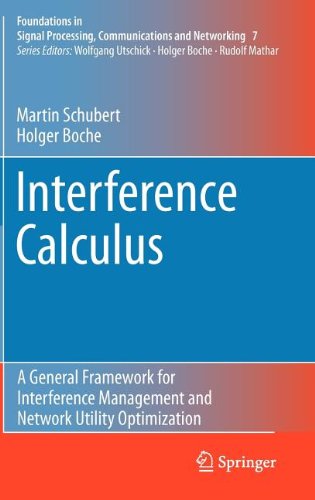

Most ebook files are in PDF format, so you can easily read them using various software such as Foxit Reader or directly on the Google Chrome browser.
Some ebook files are released by publishers in other formats such as .awz, .mobi, .epub, .fb2, etc. You may need to install specific software to read these formats on mobile/PC, such as Calibre.
Please read the tutorial at this link: https://ebookbell.com/faq
We offer FREE conversion to the popular formats you request; however, this may take some time. Therefore, right after payment, please email us, and we will try to provide the service as quickly as possible.
For some exceptional file formats or broken links (if any), please refrain from opening any disputes. Instead, email us first, and we will try to assist within a maximum of 6 hours.
EbookBell Team

4.7
66 reviewsThis book develops a mathematical framework for modeling and optimizing interference-coupled multiuser systems. At the core of this framework is the concept of general interference functions, which provides a simple means of characterizing interdependencies between users. The entire analysis builds on the two core axioms scale-invariance and monotonicity.
The proposed network calculus has its roots in power control theory and wireless communications. It adds theoretical tools for analyzing the typical behavior of interference-coupled networks. In this way it complements existing game-theoretic approaches.
The framework should also be viewed in conjunction with optimization theory. There is a fruitful interplay between the theory of interference functions and convex optimization theory. By jointly exploiting the properties of interference functions, it is possible to design algorithms that outperform general-purpose techniques that only exploit convexity.
The title “network calculus” refers to the fact that the theory of interference functions constitutes a generic theoretical framework for the analysis of interference coupled systems. Certain operations within the framework are “closed”, that is, combinations of interference functions are interference functions again. Also, certain properties are preserved under such operations. This, provides a methodology for analyzing different multiuser performance measures that can be expressed as interference functions or combinations of interference functions.